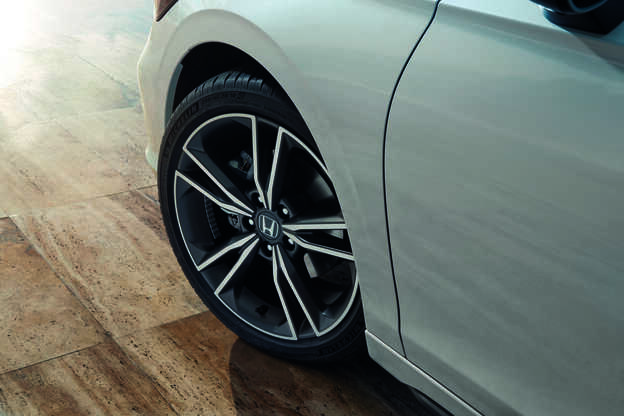
What is regenerative braking and how does it work?
Are you considering buying a hybrid or electric car? If so, you may have come across the term “regenerative braking” or “regen braking” for short.
But what is a regenerative braking system, and how does it work? More importantly, what does this technology mean for your driving experience?
In this article, we’ll cover the regen braking basics.
What is regenerative braking?
Regenerative braking is a simple process used by hybrid and electric cars that allows them to recharge their batteries while braking. During the process of regenerative braking, kinetic energy that may otherwise be wasted is converted into electrical energy. This is then returned to the battery.
.jpg)
How does regenerative braking work?
In most vehicles, regen braking works automatically, converting the car’s kinetic energy into electricity when you ease off the accelerator.
However, some cars offer additional ways to engage regenerative braking. For example, certain vehicles come with paddles behind the steering wheel that can be used to increase or decrease regenerative braking.
In other cases, the regenerative brakes engage automatically when you apply the regular brake pedal, working in tandem with traditional friction brakes to slow the car down.
For some cars, regenerative braking can even be activated while coasting, allowing for what’s often called "one-pedal driving", more on that later.
How does the process work?
In a hybrid or electric car, the electric motor both drives the wheels and powers the vehicle. When regenerative braking is engaged:
- The motor stops powering the wheels.
- Simultaneously, the motor reverses its function to slow down the vehicle.
- It then switches roles to act as a generator, converting the kinetic energy from the moving wheels into electricity. This electricity is fed back into the battery, helping to replenish its charge.
What are the advantages of regenerative braking?

Improved electric range
Regenerative braking helps recharge the battery by recovering small amounts of energy during braking, which can add to the vehicles electric range over time. While the energy boost is limited, it contributes to better use of braking energy overall.
Increased braking efficiency
Regenerative braking works alongside the traditional friction brakes, creating a seamless dual-braking system. This combination allows the vehicle to decelerate smoothly and efficiently, enhancing overall control and safety.

.jpg)
Reduced wear-and-tear on friction brakes
Since regenerative braking handles much of the braking process, traditional brake pads are used less frequently, which can result in less wear and a longer lifespan for the friction braking system.
Regenerative braking FAQs
Yes, all hybrids, including Honda’s range, use regenerative braking to help improve efficiency by recapturing energy during braking. While the technology may vary between models, it’s an essential feature of hybrid vehicles.
In instances where you’re stopping frequently, such as in traffic or urban driving, your brakes will capture more energy as you stop and start more. Stopping your vehicle smoothly, rather than slamming your brakes, can also be more efficient.
Related reading
Honda Hybrid Range Overview.jpg/_jcr_content/renditions/c2_r.jpg)
04.06.25
How reliable are hybrid cars?
.jpg/_jcr_content/renditions/c2_r.jpg)
07.03.25
Hybrid cars for families
.jpg/_jcr_content/renditions/c2_r.jpg)
07.03.25
Hybrid cars for families

01.01.24
What is regenerative braking and how does it work?

03.11.22
How to maintain your hybrid car

12.07.21
HR-V in focus: The experts’ favourite features
